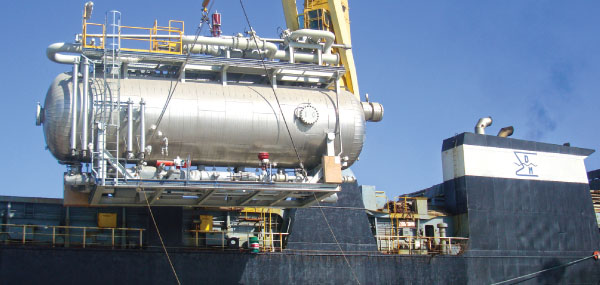How to Ensure Successful Transportation of Your Project Cargo

When it comes to transporting over-dimensional or heavy-lift cargo—whether it’s equipment bound for Alberta oil fields or turbine components for an Iowa wind farm—transportation and logistics demands are infinitely greater because they are unique to each situation.
The complexity of moving unwieldy cargo as quickly and economically as possible requires collaborative partnership, attention to detail, and constant communication across the supply chain. From pre-planning through execution, shippers and their supply chain partners need to consider several factors to ensure project cargo moves without a hitch:
Customs and regulations. Taxes and duties vary from country to country, as do inspection requirements and documentation. Conducting local market research determines the financial implications of procuring particular components in different countries.
Public relations. Moving project cargo on shared roads often raises public safety and environmental concerns. Even the slightest perception that communities will be impacted deserves attention. An open dialog among all parties involved can help assuage potential PR problems before they flare up.
Cargo design. Transportation can sometimes dictate how a product is manufactured—for example, whether it is delivered as one unit or produced in multiple parts and assembled on-site. Project cargo buyers can conduct transportation analysis and create routings before equipment is even sourced or manufactured.
Mode optimization. Transit times and requirements vary widely for road, rail, air, ocean, or inland barge. Transportation specialists with in-country knowledge can advise on length, width, height, and weight restrictions that may necessitate using one mode of transportation over another.
Change orders and delivery timelines. Any changes or delays in material sourcing plans or production and delivery can produce unintended consequences. Changing sourcing locations can increase lead times and transportation costs, for example. Shippers and service providers need to plan for potential problems and build flexibility into the project cargo move.
